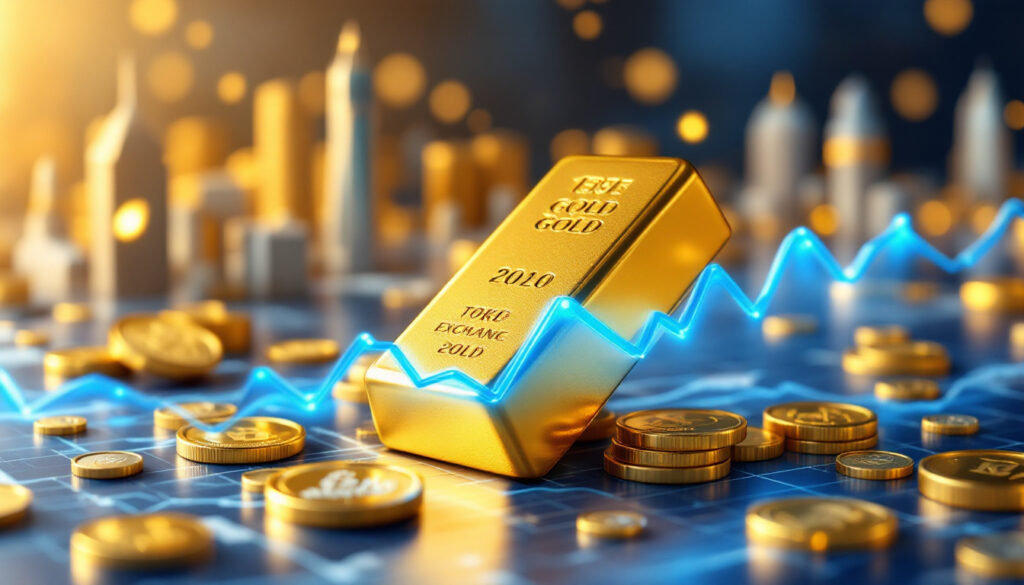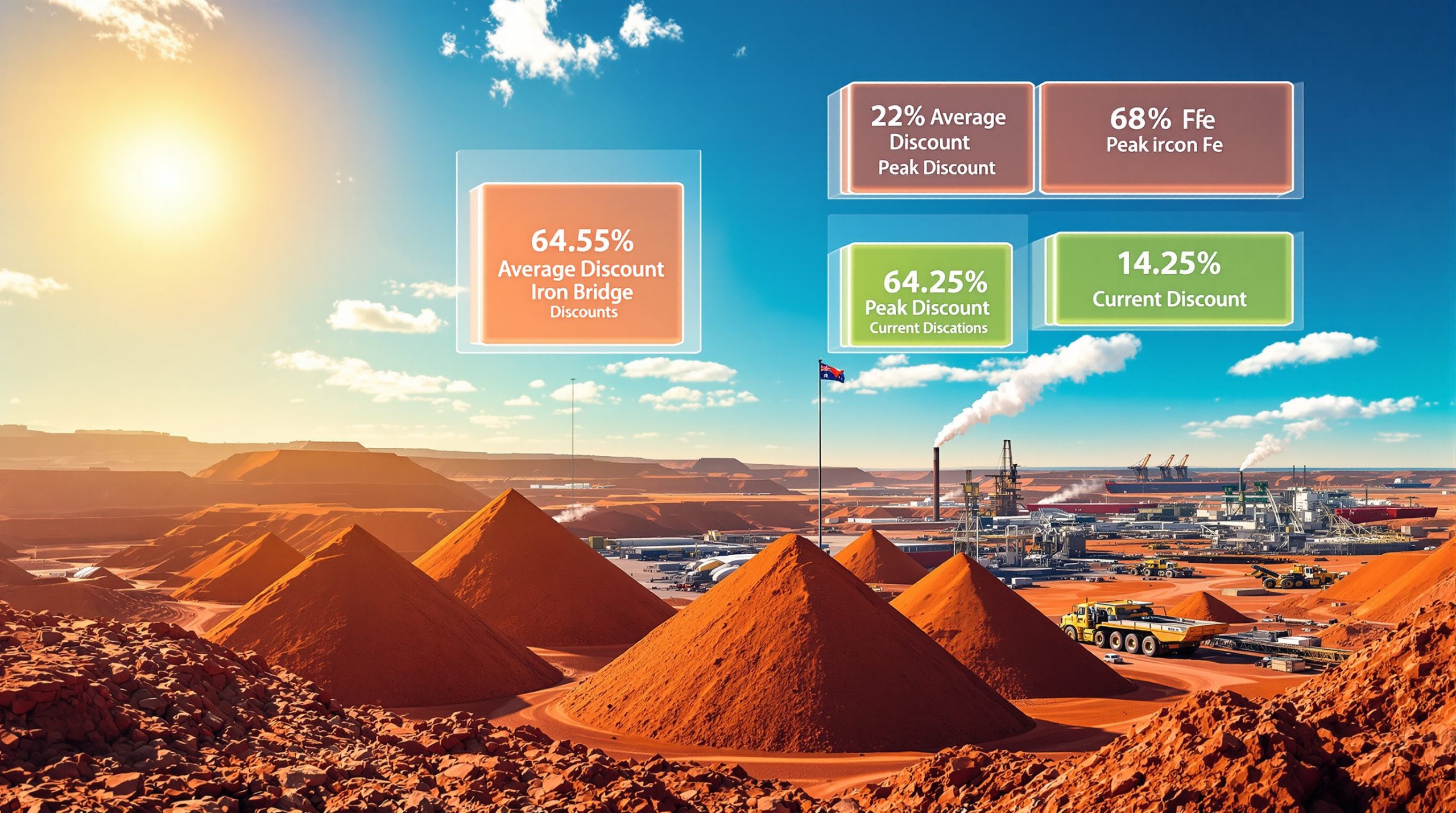Weekly Markets Monitor: What's Behind Gold's Recent Rally?
How Are Global Markets Affecting Gold Prices?
Gold's recent surge reflects complex interactions between global macroeconomic indicators and market sentiment. The World Gold Council's Weekly Markets Monitor highlights mixed signals across major economies, with US markets demonstrating resilience through strong corporate earnings and labor data. Japan's central bank maintained its accommodative monetary policy, contrasting with weakening Chinese factory activity metrics that raised concerns about Asia's industrial output. Meanwhile, the European Union reported stronger-than-expected GDP growth of 2.1% year-over-year in Q1 2025, creating divergent regional trajectories. These dynamics have amplified gold as a hedge against economic uncertainty, particularly as bond yields in the US and Europe climbed 15–20 basis points following positive data releases.
Fundamental Drivers of Market Sentiment
The dollar's partial recovery from multi-month lows provided headwinds for dollar-denominated commodities, yet gold maintained its upward trajectory due to structural demand drivers. OPEC+'s decision to increase oil production by 500,000 barrels per day pushed Brent crude prices down 4.2%, reducing inflation expectations but failing to dampen gold's appeal. These developments underscore gold's unique position at the intersection of currency fluctuations, commodity markets, and risk sentiment—a relationship quantified by the -0.68 correlation coefficient between gold and the DXY dollar index over the past quarter. For a more comprehensive understanding of these relationships, the global commodities insights reveal further connections between various market sectors.
Why Has Gold Reached Record Price Levels?
Gold's breakthrough to $3,500/oz represents a confluence of technical and fundamental factors. The price currently trades 25% above its 40-week moving average, a deviation last seen during the 2020 pandemic-driven rally. This extreme suggests overheating, but sustained central bank purchasing (accounting for 23% of global demand in Q1 2025) provides fundamental support. The World Gold Council attributes this resilience to shifting inflation dynamics, with core PCE remaining stubbornly elevated at 3.7% despite aggressive monetary tightening.
Structural Shifts in Demand Composition
Investment demand for Gold ETFs 2024 rebounded sharply, with global holdings increasing by 87 tonnes in April 2025—the largest monthly inflow since September 2023. This resurgence coincides with renewed retail interest, as evidenced by a 41% quarter-over-quarter increase in online bullion trading volumes across major platforms. Supply constraints exacerbate price pressures, with mine production growth lagging demand at just 1.8% annually compared to 3.4% consumption growth.
What Does Q1 2025 Gold Demand Data Reveal?
The World Gold Council's Q1 Demand Trends report reveals total demand reached 1,206 tonnes, marking the strongest first quarter since 2016. This 1% year-over-year increase occurred despite average quarterly prices of $3,250/oz—22% higher than Q1 2024 levels. Central banks accounted for 278 tonnes of purchases, maintaining their status as net buyers for the 14th consecutive quarter.
Sectoral Demand Dynamics
Jewelry consumption defied price sensitivity, with Indian demand surging 18% year-over-year to 189 tonnes ahead of the wedding season. The technology sector maintained stable demand at 84 tonnes, driven by 5G infrastructure expansion and aerospace applications. Over-the-counter (OTC) investment flows contributed significantly, with London vault holdings increasing by 143 tonnes during the quarter.
How Is Institutional Interest Affecting Gold Markets?
Professional investors increased gold allocations to 6.2% of global AUM in March 2025, up from 5.7% in December 2024. Futures market data shows managed money net longs reaching 287,000 contracts—within 5% of the 2020 record. This positioning reflects hedging strategies against potential equity market volatility, with the VIX index maintaining an elevated 21.5 average through Q1.
Sentiment Indicators and Price Projections
Options markets price a 68% probability of gold reaching $3,600/oz by Q3 2025, with put/call ratios favoring upside exposure. Social media sentiment metrics hit record highs, with daily gold-related mentions averaging 1.2 million across platforms—a 340% increase from 2024 levels. Technical analysts identify critical support at $3,380/oz, with a breach below potentially triggering profit-taking. For those seeking to understand these patterns, learning about gold market trends can provide valuable context for these price movements.
What Are The Key Factors To Watch Going Forward?
The Federal Reserve's June policy meeting looms large, with markets pricing a 63% probability of maintained rates versus 37% for a cut. Upcoming CPI revisions could alter inflation trajectories, particularly if shelter costs show stronger stickiness than currently modeled. Geopolitical risks remain elevated, with the World Gold Council's proprietary conflict index at 84/100—23 points above the 10-year average. Investors can track daily price movements using the comprehensive gold price charts from BullionVault.
Supply Chain and Production Considerations
Mining sector challenges persist, with all-in sustaining costs rising to $1,450/oz amid labor shortages and decarbonization investments. Recycling flows increased 9% year-over-year but remain below 2013 peaks, constrained by holder reluctance to liquidate positions. These structural constraints suggest tight physical markets will persist through 2026, supporting price floors. For those considering diversification strategies, investing in mining stocks offers an alternative approach to gaining exposure to the precious metals sector.
Conclusion
Gold's record levels reflect deep structural shifts in global finance rather than transient speculation. As central banks navigate the trilemma of growth, inflation, and debt sustainability, gold's role as a non-correlated asset appears increasingly institutionalized. Market participants should monitor the $3,380–$3,550/oz range for near-term directional signals while maintaining strategic allocations to hedge against unfolding macroeconomic risks.
Want to Identify the Next Major Gold Discovery Before the Market Does?
Discover how top traders capitalise on significant mineral discoveries with Discovery Alert's proprietary Discovery IQ model, which transforms complex data into actionable investment insights. Explore historic returns from major discoveries and begin your 30-day free trial at Discovery Alert's discoveries page to position yourself ahead of the market.




